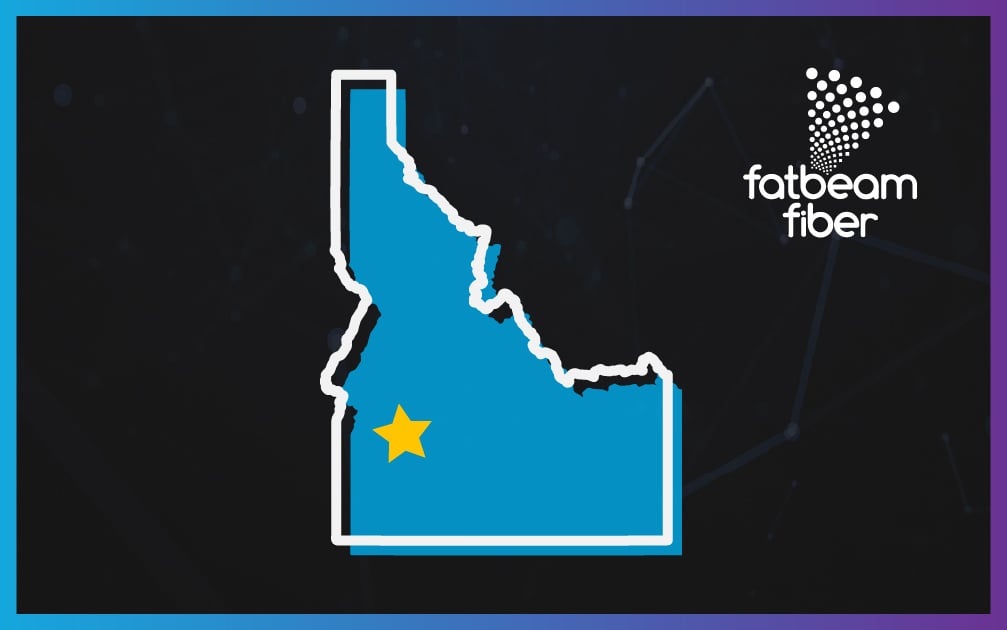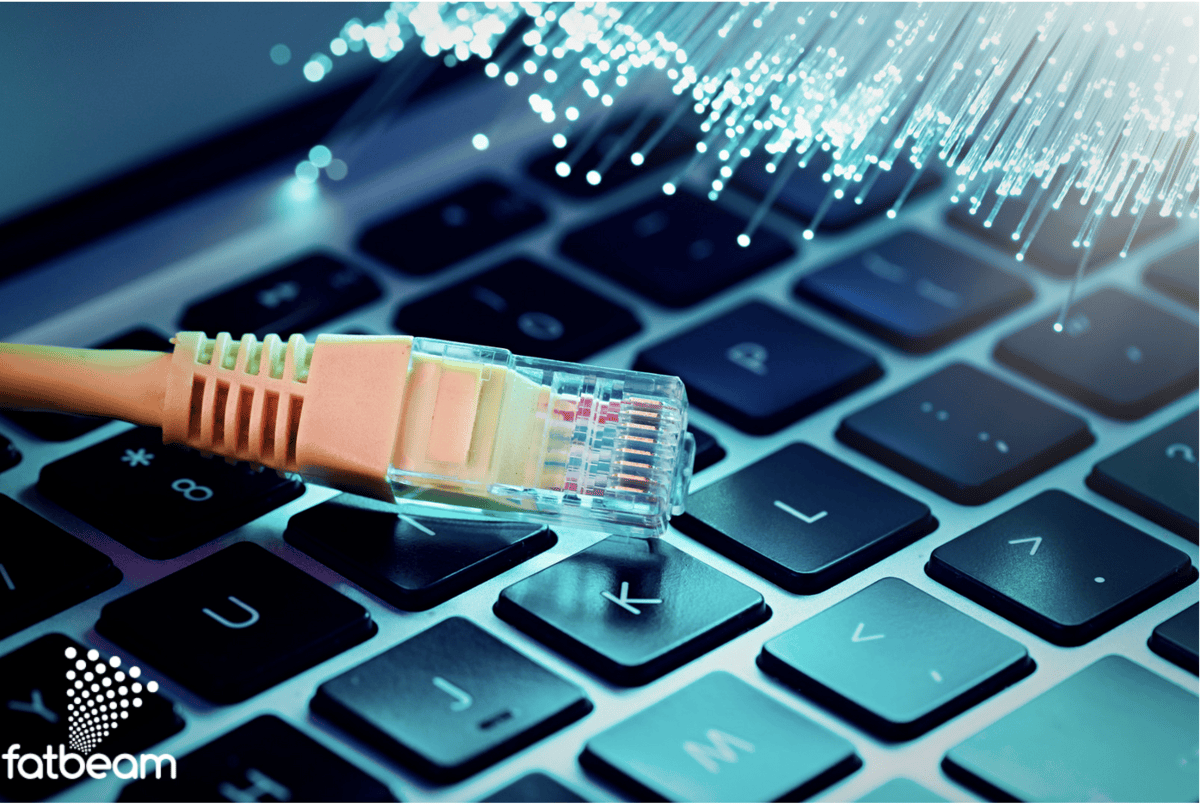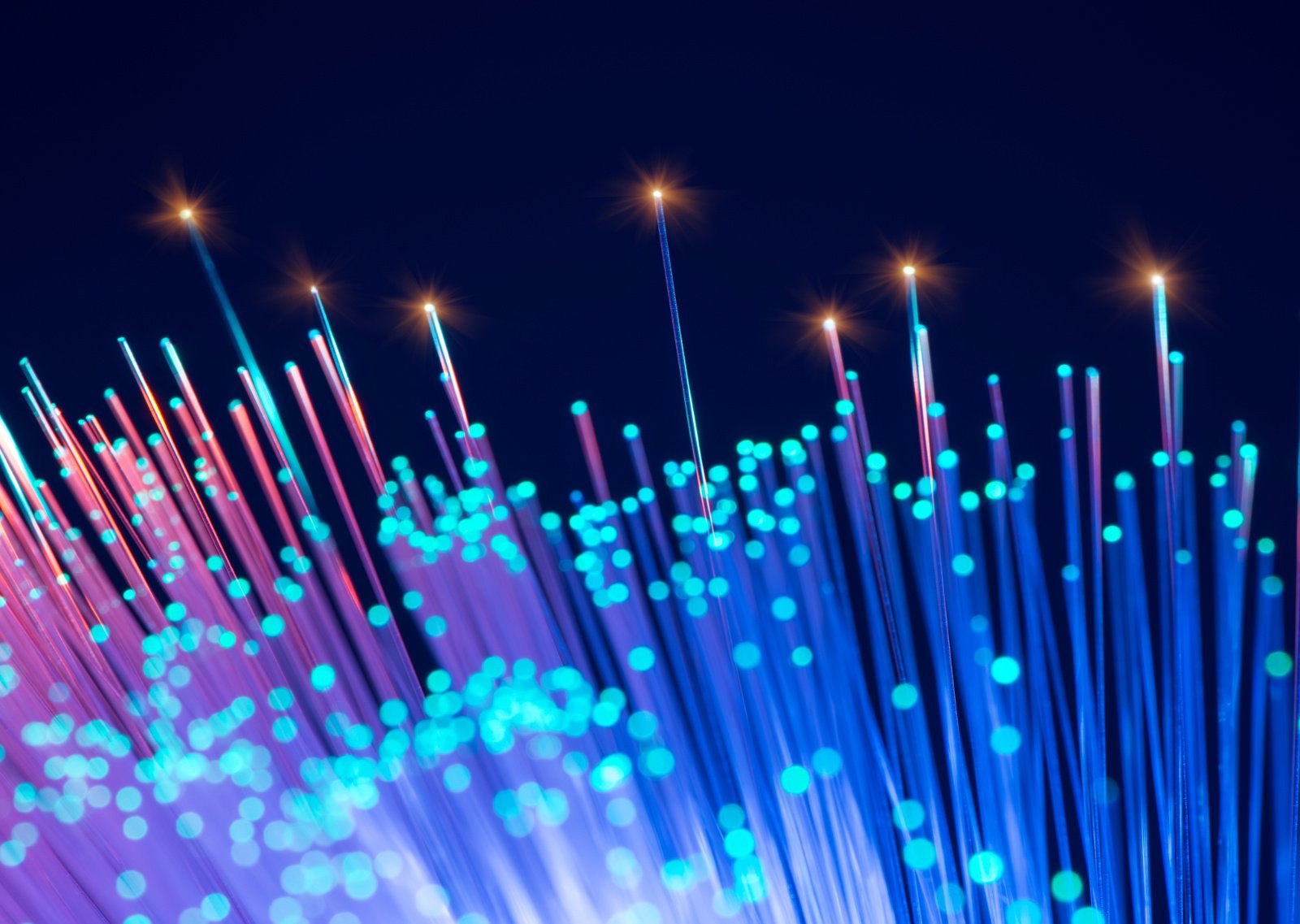Trying to wrap your head around all the fiber network options for your business? You're not alone. One of the most commonly referenced terms in the fiber optic world is FTTx – and with variations like FTTC, FTTP, and others flying around, it can be tricky to understand what these options mean for your business.
Whether you're looking to upgrade your current network or planning for future expansion, we're here to break down everything you need to know about FTTx technology.
What Is FTTx?
FTTx stands for "Fiber to the X," where "X" is a variable that represents different endpoints of fiber optic cables. This term refers to the different network configurations where fiber cables replace traditional copper cables. The "X" reflects anything from homes to businesses to even local utility poles – depending on the network.
FTTx is typically used as an umbrella term that encompasses the specific architectures designed to extend fiber networks closer to the end-user. We’ll break down the most common FTTx configurations below.

Fiber to the Home (FTTH)
One of the most recognizable terms under the FTTx umbrella is FTTH, or Fiber to the Home. FTTH runs fiber optic cables directly from the service provider to a customer’s residence, delivering high-speed internet straight to the home without any middlemen.
Benefits of FTTH
Here are some benefits of FTTH connectivity:
- Unmatched Speeds: FTTH provides some of the fastest internet speeds available, with symmetrical download and upload speeds.
- Reliable Performance: Since FTTH offers a direct fiber connection, it offers more resistance to interference for minimal downtime and consistent performance.
- Future-Proof Technology: FTTH can easily scale to accommodate future upgrades, making it a great long-term investment for internet infrastructure.
FTTH is usually associated with residential use, but these features also make it relevant to business networks – particularly those that need consistent and high-speed connectivity across multiple locations.
Fiber to the Premises (FTTP)
FTTP, or Fiber to the Premises, takes the FTTH concept and expands it to include businesses and commercial spaces. FTTP refers to any scenario where fiber optic cables are deployed all the way to the customer’s location, whether that’s a house, warehouse building, or office complex.
Benefits of FTTP
FTTP keeps businesses connected with benefits like:
- Custom Solutions: Fiber providers can customize FTTP solutions to fit your specific needs, from small office buildings to large commercial complexes.
- Increased Productivity: For businesses, FTTP ensures mission-critical apps like cloud computing, video conferencing, and large data transfers operate without lag or delay.
FTTP is ideal for businesses that need uninterrupted, high-bandwidth internet access, especially in sectors like healthcare, finance, and technology, where high data demands are the norm.

Fiber to the Curb (FTTC)
FTTC, or Fiber to the Curb, takes a slightly different approach to fiber connectivity, and it comes with its own set of trade-offs. In this setup, fiber cables extend to a street cabinet or pole near the customer’s premises. From there, copper cables (or other technologies like coaxial) complete the connection to the end-user.
While this configuration offers a more budget-friendly solution, you won't get the same benefits as you would with a full fiber solution. You still get better performance than traditional copper-only networks, but the final copper connection can create bottlenecks during peak usage times. For small offices or businesses in areas where full fiber isn't yet available, FTTC can be a solid step toward better connectivity.
Fiber to the Node (FTTN)
FTTN, short for Fiber to the Node, is similar to FTTC but covers larger distances. In FTTN architecture, fiber optic cables stop at a node that might be several kilometers away from the customer’s location. As with FTTC, the final connection from the node to the customer relies on older technologies like copper.
While FTTN can still offer improvements over traditional copper connections, the greater distance between the node and your business means more potential for speed degradation. For modern businesses that depend on fast, low-latency internet, FTTN might not be the right option.

Other Types of FTTx: FTTB, FTTO, and FTTD
The FTTx family has even more members, each designed to meet specific connectivity needs. These variations include:
Fiber to the Building (FTTB)
FTTB brings fiber directly to multi-tenant apartments and office buildings. From there, internal wiring distributes the connection to individual units. It's like having a fiber superhighway with local roads leading to each apartment or office space.
Fiber to the Office (FTTO)
FTTO is the business world's answer to dedicated fiber connectivity. This configuration ensures your office space gets its own direct fiber connection, which is perfect for businesses that can't afford to compromise on speed or reliability.
Fiber to the Desk (FTTD)
As the name suggests, FTTD extends the fiber connection all the way to an individual desk or workstation. It gives each desk its own dedicated fiber connection for maximum speed and reliability right where work happens. This solution may be ideal for businesses handling large data transfers or running resource-intensive applications at each workstation.

Why Does FTTx Matter for Your Business?
The right FTTx solution can give your business the foundation it needs to innovate, compete, and grow. Here's why FTTx should be on your radar:
- Performance: Fiber networks deliver the bandwidth you need to support everything from cloud-based apps to video conferencing without any interruptions.
- Scalability: As your business grows, fiber networks easily scale to meet your increased data demands.
- Reliability: Fiber internet offers fewer outages and more consistent speeds to keep your business running smoothly.
- Cost Savings: While the investment might be higher than traditional copper networks, fiber is often more cost-efficient in the long run due to reduced maintenance and improved efficiency.
- Future-Ready: Fiber helps you stay ahead of technological advances with a network that's built to handle innovations, from augmented reality to advanced IoT applications.
FTTx solutions offer the perfect combination of speed, reliability, and performance to help you thrive in an increasingly digital world.
Ready to Explore Fiber Solutions?
At Fatbeam, we know reliable internet is essential for your business's success. That's why we've built a leading-class fiber optic backbone network that delivers the consistent, fluid, and fast connectivity your business demands. Whether you need FTTP for your business or FTTH for residential areas, our team can help you find the right solution.
Ready to experience the difference that true fiber connectivity can make for your business? Contact the Fatbeam Fiber team today to learn more about our fiber solutions and get a custom quote.


